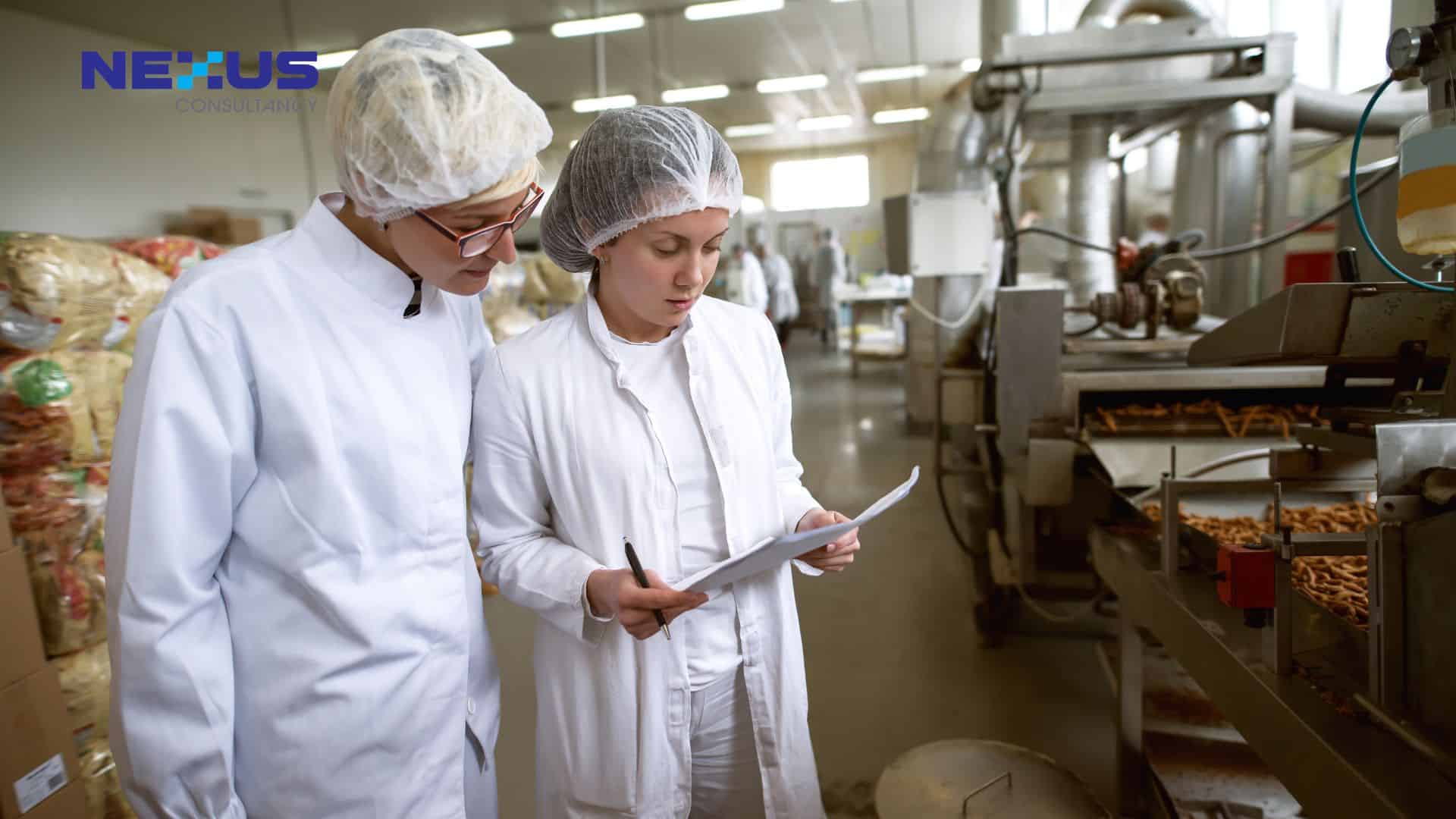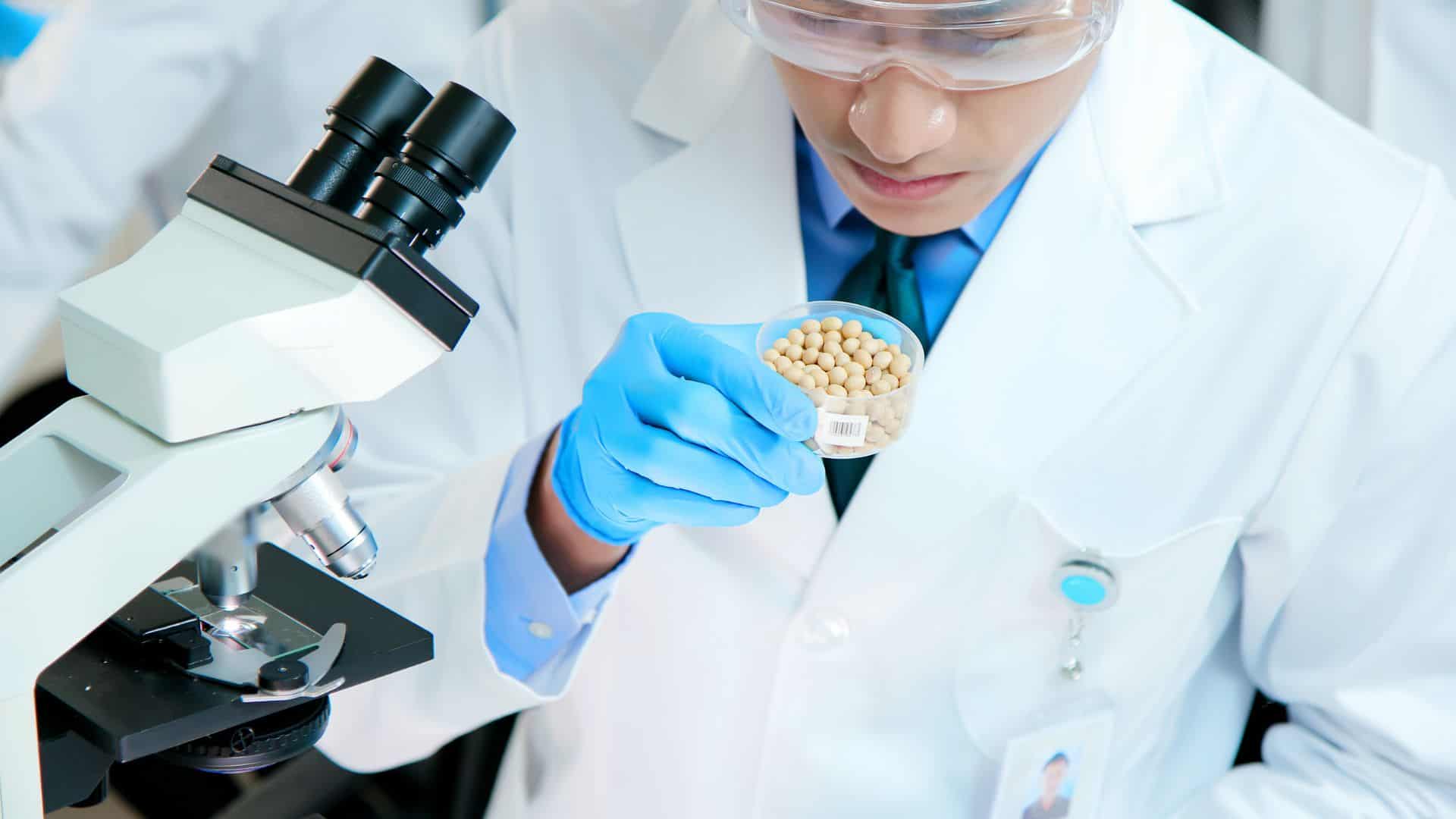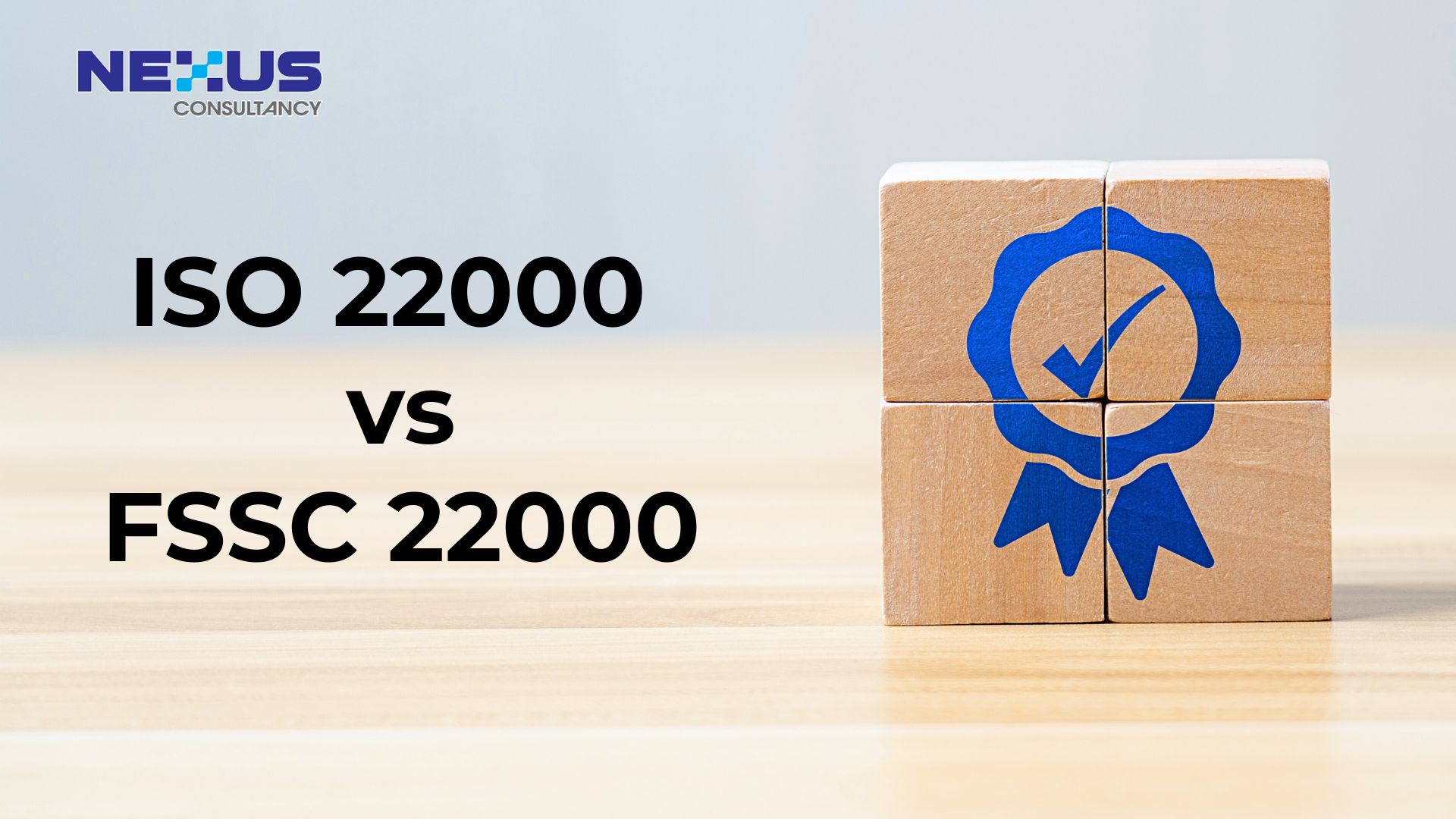
Danielle Tan
Chief Operating Officer
Ensuring the highest standards of safety is crucial, and this guide will show you how to achieve that. By effectively monitoring your facility’s environment, you can proactively identify and mitigate potential hazards, safeguarding both your product quality and your customers’ well-being.

There have been many instances of food poisoning due to lack of proper sanitation and hygiene all throughout the world. The Codex Alimentarius has proposed a range of measures for government agencies to enhance sanitation and environmental control.
To ensure food safety at the facility level, it is essential to implement an environmental monitoring program that validates the efficacy of overall sanitary practices and provides the information needed to prevent possible microbial contamination of food products. Open product areas that pose a risk of producing nonconforming items, receiving complaints from customers or consumers, or even experiencing an event are also identified.
FSSC 22000 version 6 define requirements for environmental monitoring in Part 2 clause 2.5.7 Environmental Monitoring (Food Chain Categories BIII, C, I & K), which requires the organization to have in place:
I. A risk-based environmental monitoring program for the relevant pathogens, spoilage, and indicator organisms.
II. A documented procedure for the evaluation of the effectiveness of all controls on preventing contamination from the manufacturing environment, and this shall include, at a minimum, the evaluation of microbiological controls present; and shall comply with legal and customer requirements.
III. Data on the environmental monitoring activities, including regular trend analysis; and
IV. The environmental monitoring program shall be reviewed for continued effectiveness and suitability, at least annually and more often if required, including when the following triggers occur:
-
-
- Significant changes related to products, processes, or legislation;
- When no positive testing results have been obtained over an extended period of time;
- Trend in out-of-specification microbiological results, related to both intermediate and finished products, linked to environmental monitoring;
- A repeat detection of pathogens during routine environmental monitoring; and
- When there are alerts, recalls, or withdrawals relating to product/s produced by the organization.
-
Implementation of Environmental Monitoring Program
Based on the Food Safety System Certification 22000 Guidance Document: Environmental Monitoring, organizations should consider the following when implementing their environmental monitoring program in three simple steps.

#1. Create a Team
Establish a multidisciplinary team with diverse background such as microbiology, food safety, specific production processes relevant to the organization, and maintenance/equipment design. This multidisciplinary team will collaborate to leverage their specialized knowledge and experience to address challenges, improve processes, and ensure the highest standards of quality, safety, and efficiency in the organization’s operations. Team members shall be trained to ensure principles and role of environmental monitoring are understood.
#2. Conduct the Risk Assessment
Conduct the risk assessments to develop a robust environmental monitoring program that meets the specific needs of your organization.
a. Define relevant microbiological hazards.
-
- The nature of the microorganism should be considered, including the ability to survive/ grow in certain conditions. These can include pathogens, spoilage organisms, and indicator organisms.
| Pathogens | Example: Salmonella spp., Listeria monocytogenes, Staphylococcus aureus. |
|---|---|
| Spoilage organisms | Example: Yeast and molds. |
| Indicator organisms | Example: Coliforms, Escherichia coli, Enterobacteriaceae, Aerobic Plate Count, Lactic Acid Bacteria, Listeria spp., Pseudomonas spp. |

b. Define Environmental Monitoring Sampling Zones

c. Define Suitable Sampling Protocols and Monitoring Frequencies
-
- Sampling types: such as swabs, water samples, and air plates. Protein swabs and ATP swabs may also be used for the verification of cleaning.
- Sampling tools: such as dry or wet cotton swabs, sponge swabs, and air samples.
- Sampling techniques (including which surface size to consider).
- Sample location/ sites: based on the environmental sampling zones.
- Test methods: could be rapid or laboratory-based requirements of FSSC 22000 Additional Requirement 2.5.1(a) apply.
- Monitoring frequencies: Based on pathogen growth/ contamination risks of product produced; consider before cleaning, after cleaning and sanitation, pre-production, during production.
- Ensure proper sample collection, storage, and transport to ensure the integrity of the sample is maintained prior to analysis.
- Consider relevant legal requirements.
d. Define Action Limits and Corrective Action
Define action limits, proposed corrective actions and responsibilities should any out-of-specification results be detected.
#3. Review of Environmental Monitoring Program
Once the environmental monitoring program is established, it is important that it is subjected to regular review, at least annually and when triggers occur e.g. consistent negative results.
Conclusion
Implementing an environmental monitoring program in line with FSSC 22000 standards is a critical step towards ensuring the highest levels of food safety and quality within an organization. By adhering to the guidelines set forth by FSSC 22000, companies can effectively validate the efficacy of their sanitation practices and proactively prevent microbial contamination of food products.
Source:
- Food Safety System Certification 22000 Guidance Document: Environmental Monitoring.






